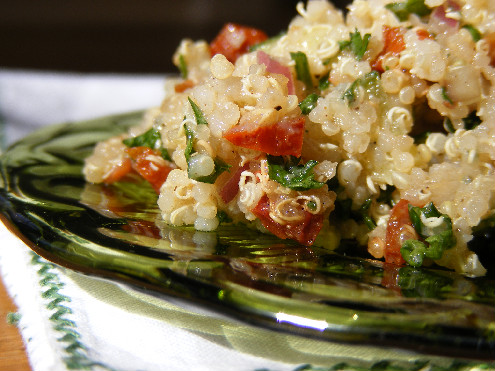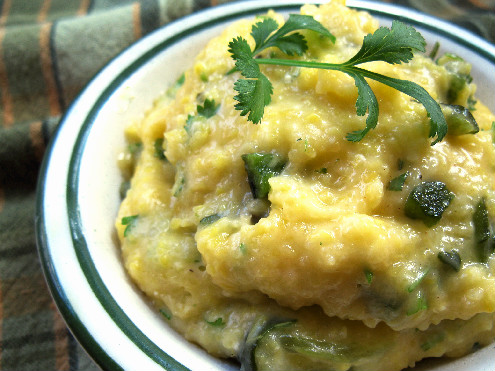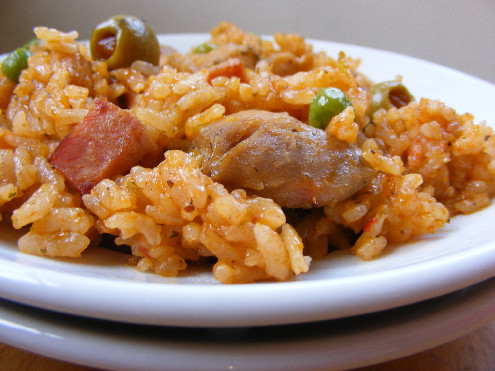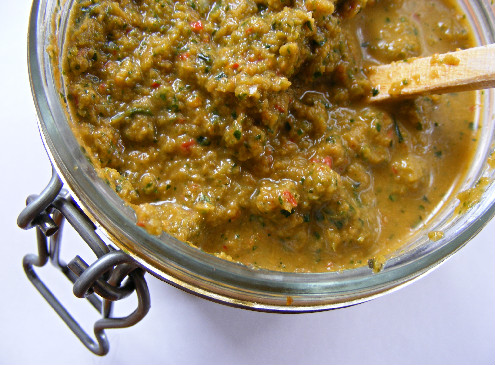Purslane: Raw Purslane Weed Salad
Tuesday, July 20th, 2010

Call it a weed if you want. Purslane is still good eating.
Every summer growing up, my family planted a backyard garden with tomatoes, calabacitas (zucchini), chiles, cilantro, onions and a few other standards found in most Mexican family gardens. Yet, part of the bounty we enjoyed was something we didn’t plant . . . weeds.
We would chow down on verdolagas. You might know the weed as “purslane.”
Purslane is a long, red-stemmed succulent with fleshy oval flowers. It grows all over the world and is eaten in many cultures – in Egypt and Sudan it is used as a medicine and as a vegetable, in France it is served with fish, in Holland it is used in winter salads, and in Mexico, it is frequently eaten with pork.
Despite this, it has a bad rap with most gardeners, who consider it an invasive weed.
Purslane is also known by some unattractive names like pigweed, Little Hogweed and pussley. Not too enticing, eh? After reading this post and its nutritional value (see Tidbits below), I hope you’ll be persuaded to try the little succulent. Know that some folks consider it a superfood.
Purslane has a mild flavor and is slightly lemony. It reminds me of nopales (cactus), without as much mucilage.
This summer as purslane grows in my garden and in the cracks of my sidewalk, I’ve allowed some areas to grow. I prefer to pick it when the stems are about 5 inches in length – the longer the stems, the tangier. On the occasions when it is longer, I discard the thick stems or at least make sure they are cut into small bite size pieces.
The recipe below is for a quick, raw salad I’ve been making this summer. It’s been a hit at several potlucks including my community garden workday. Fellow gardeners were thrilled to find a use for the “edible weed” pervading their gardens.
Hip me up to your favorite uses for purslane.
Tidbits on Purslane:
- Purslane has been a go to food during hot weather since before Christ. It is believed to sooth the head and cool the body.
- Pigs, apparently, go mad for purslane. I suspect the reason for calling it “pigweed.”
- Nutrition: it’s one of the best vegetable sources of omega-3 fatty acids and some suggest it should be considered a super food. “It is a good source of Thiamin, Niacin, Vitamin B6 and Folate, and a very good source of Vitamin A, Vitamin C, Riboflavin, Calcium, Iron, Magnesium, Phosphorus, Potassium, Copper and Manganese.”
Source: Hints & Pinches by Eugene Walter, a mini-reference book about herbs and spices; GourmetFood.Suite101.com.













